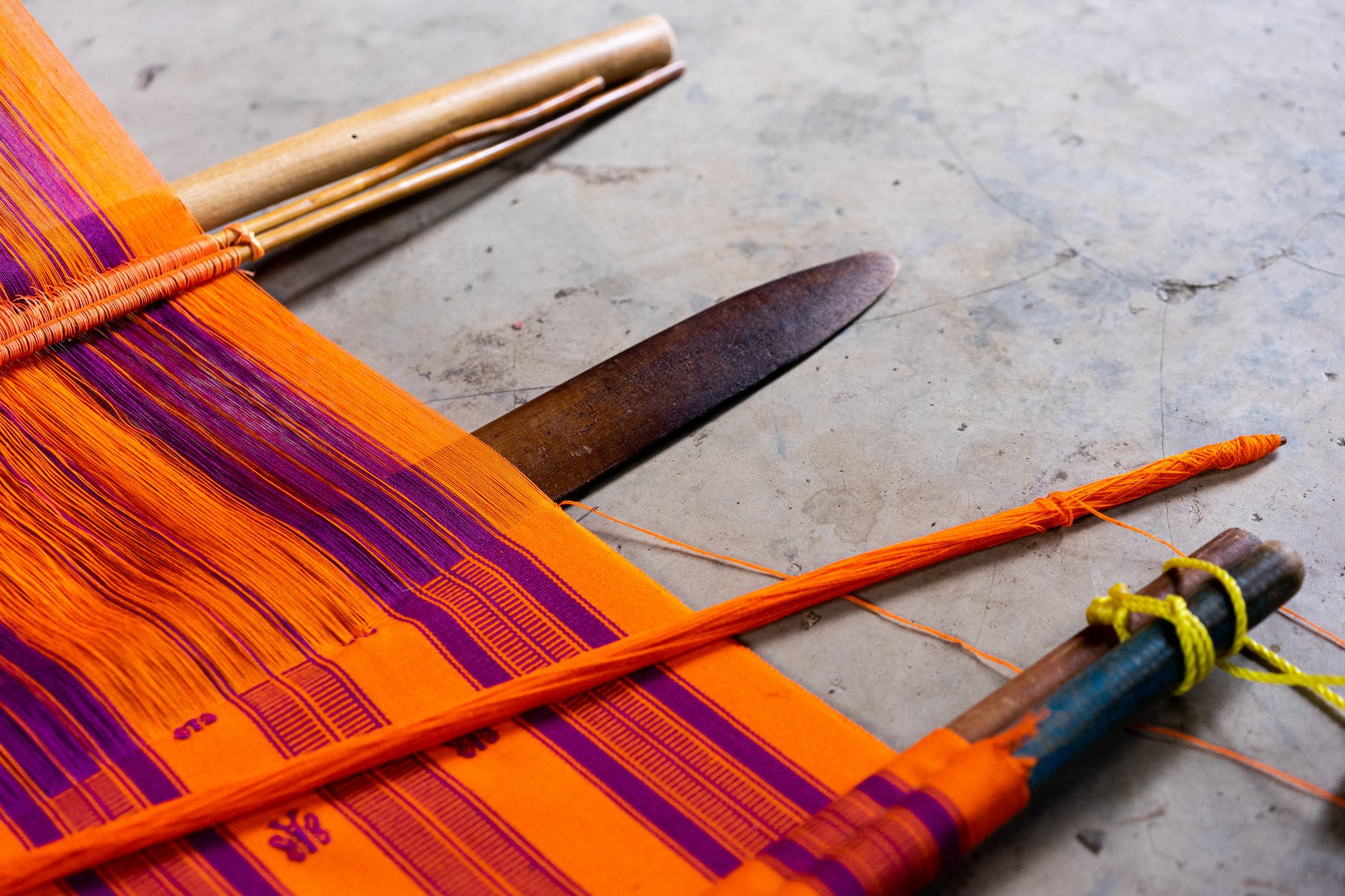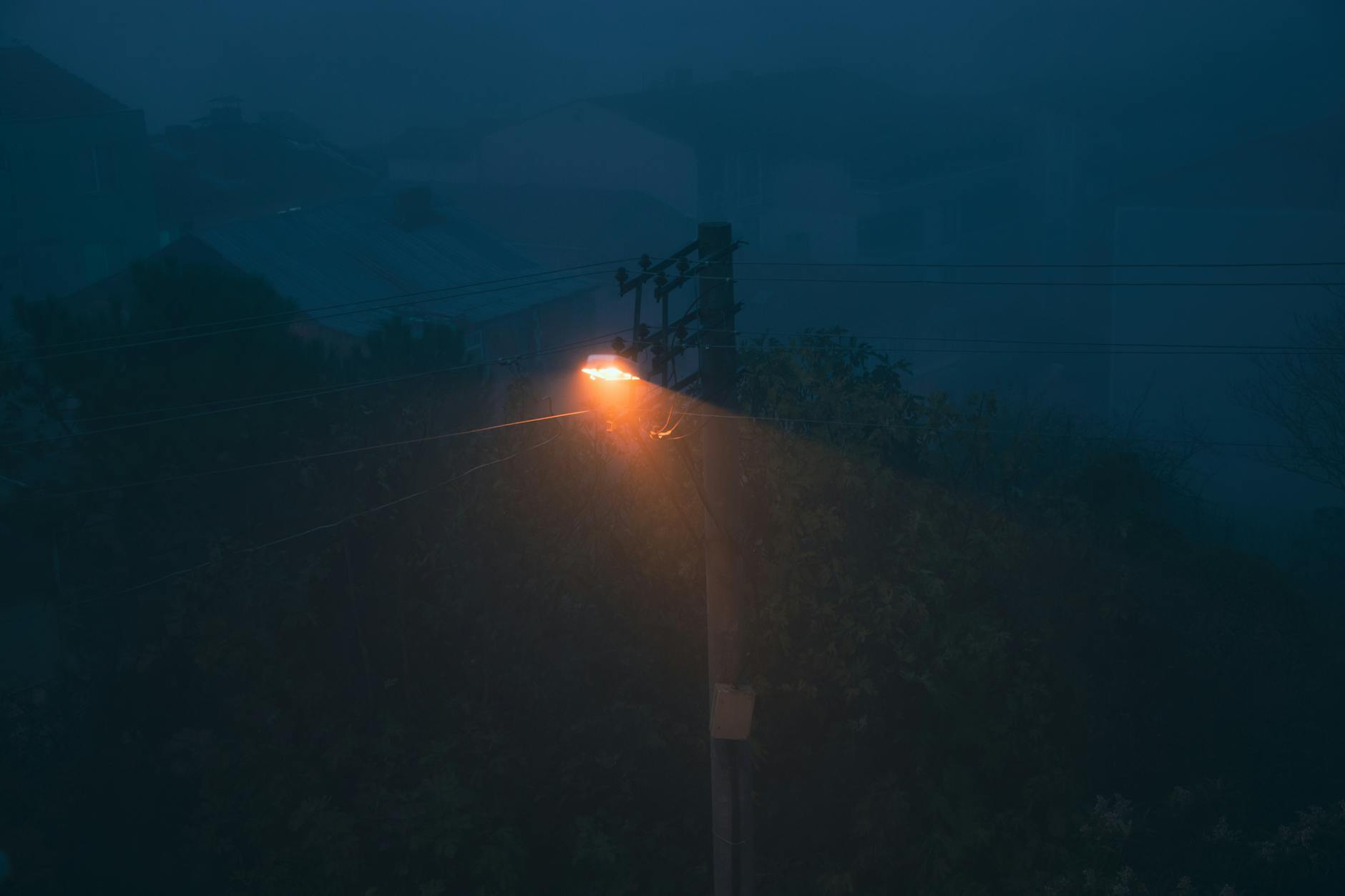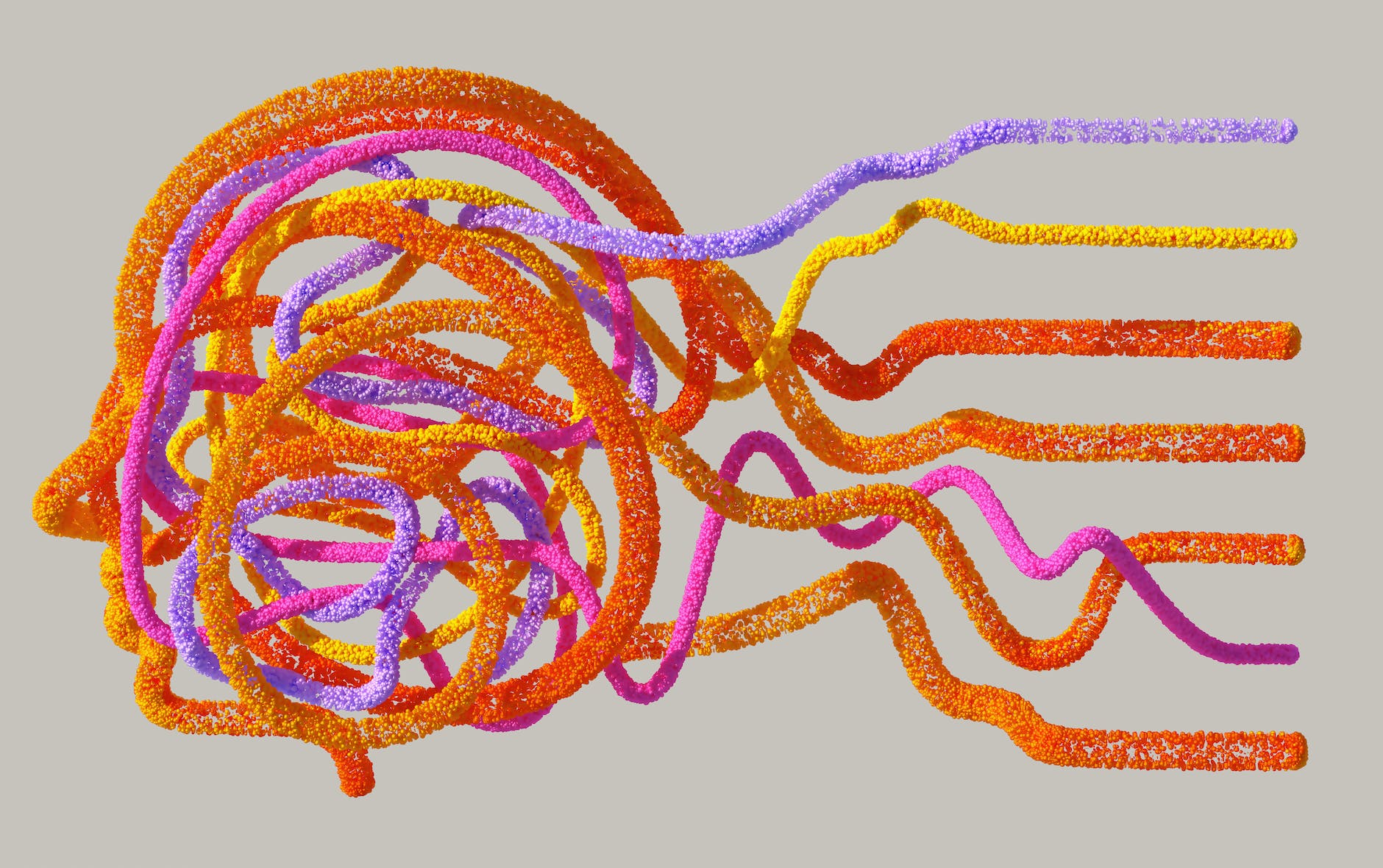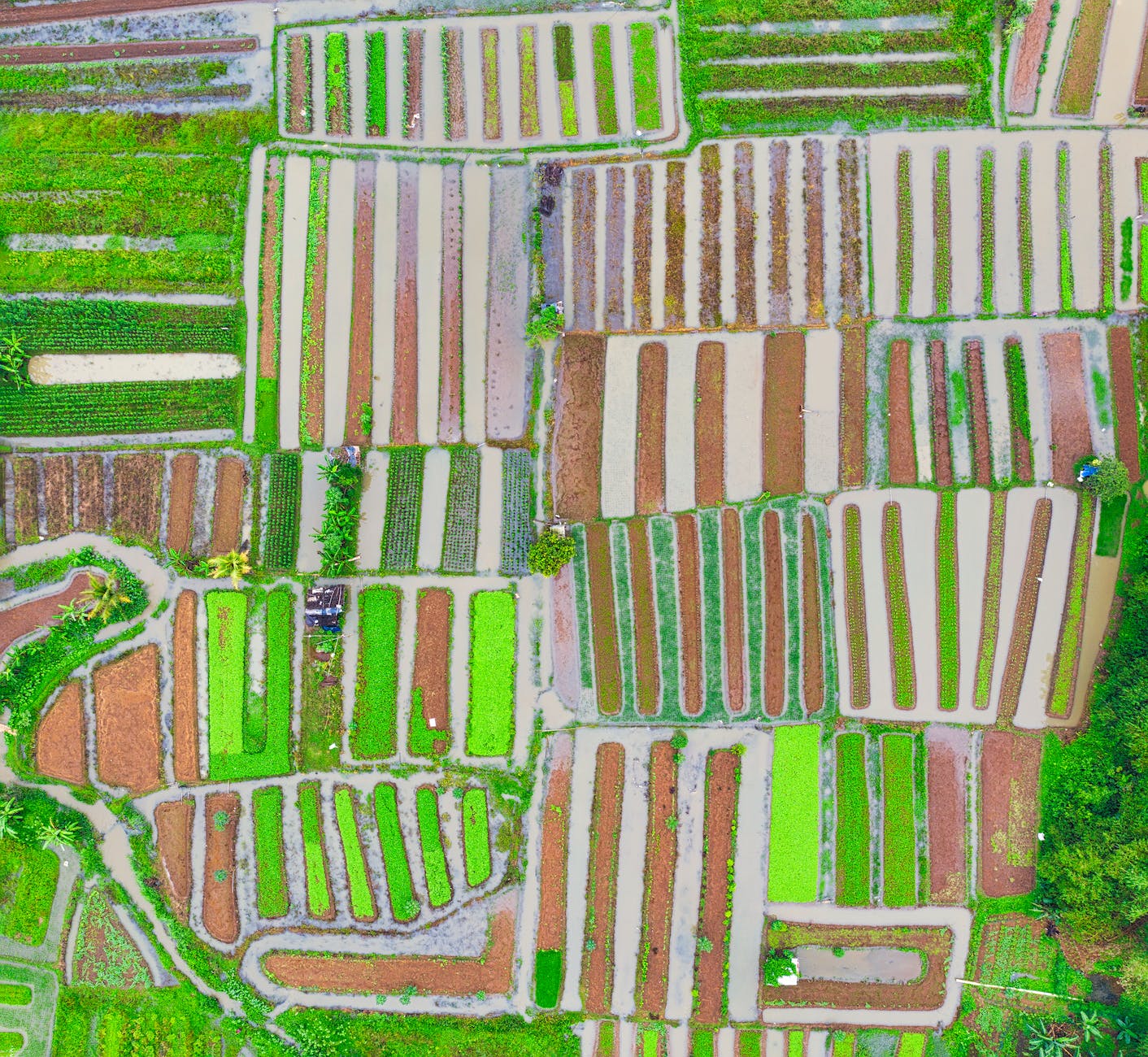The relationship between psychedelics and shamanic art traditions within many indigenous cultures is vast, complex, and entwined within a rich tapestry of spiritual practices and legendary art forms.
At the heart of numerous indigenous societies lies a steadfast reverence for the sacred, often expressed through intricate forms of art, predominantly influenced by shamanistic rituals. The use of psychedelics, or enthogens, within these traditions is not merely recreational. Instead, these sacred plants are gateways that allow shamans, or spiritual guides, to commune with the unseen realms and interdimensional beings, often shaping the nature of their art and iconography.
Shamanic rituals inherently aim to secure a positive alignment between human beings, the natural world, and the spirit realm. Psychotropic plants play a critical role in these endeavors, providing a potent tool for transcendence beyond ordinary conscience. Substances like Ayahuasca, Peyote, and psilocybin have been definitive catalysts in invoking visions, often represented in the prolific artistry within such communities.
Central to many indigenous cultures’ art forms is the depiction of sacred symbols. These often carry a profound spiritual or cultural meaning, reflecting age-old tales, spiritual teachings, or cosmological beliefs. The influence of psychedelics frequently informs these symbols and their artistic rendering. For instance, the Huichol people of Mexico use Peyote during spiritual quests, and their subsequent vivid visions dramatically influence their renowned yarn paintings. Similarly, the Shipibo-Conibo people of the Peruvian Amazon conduct ceremonies involving Ayahuasca, leading to intricate geometric art reflecting their experiences with the plant.
Further examination of shamanic art exposes an ongoing dialogue between the human psyche and the spiritual realm, often mediated by plant-based sacraments. The iconography present in the Mazatec people’s shamanic art from Mexico suggests that their visions experienced during ceremonies utilizing psilocybin mushrooms profoundly influence their abstract expressions.
These psychedelic-inspired art forms have consistently allowed the translation of ancient wisdom from one generation to another. Depictions of symbolic animals, sacred plants, or interdimensional beings in art have served as visual conduits of spiritual teachings and cultural lore.
Psychedelics have also inspired a sophisticated form of ceremonial body art in many cultures, seen in the initiation rites of Australia’s aboriginal people where the child’s body is painted with sacred symbols to usher them into adulthood.
In the end, the sacred marriage between psychedelics and shamanic art is more than an aesthetically pleasing synthesis. The centrality of these substances within many indigenous cultures’ spiritual practices and their contribution to the ornamentation of their art forms reveals a complex integrated system of faith and expression. This deep-rooted cultural practice draws upon the power of psychedelics not only for individual enlightenment but also for the preservation and propagation of ancient wisdom and communal identities.
Understanding the relationship between psychedelics and shamanic art traditions affords us unique insights into cultural narratives of indigenous peoples. It encourages us to respect and appreciate these cultures’ vast reservoir of wisdom, beautifully expressed through their rich artistry, influenced significantly by the profound experiences invoked by sacred plants.
This profound merge between psychedelics and shamanic art is a testament to the indomitable spirit of humanity and its endless pursuit of knowledge, wisdom, and spiritual significance. The vivid, enlightening, and transcendental experiences shaped by these sacred substances have molded the artistic vocabulary of countless generations, enabling them to express their intimacy with the unseen, their reverence for the sacred, and their ever-evolving understanding of their position within the broader fabric of reality.








